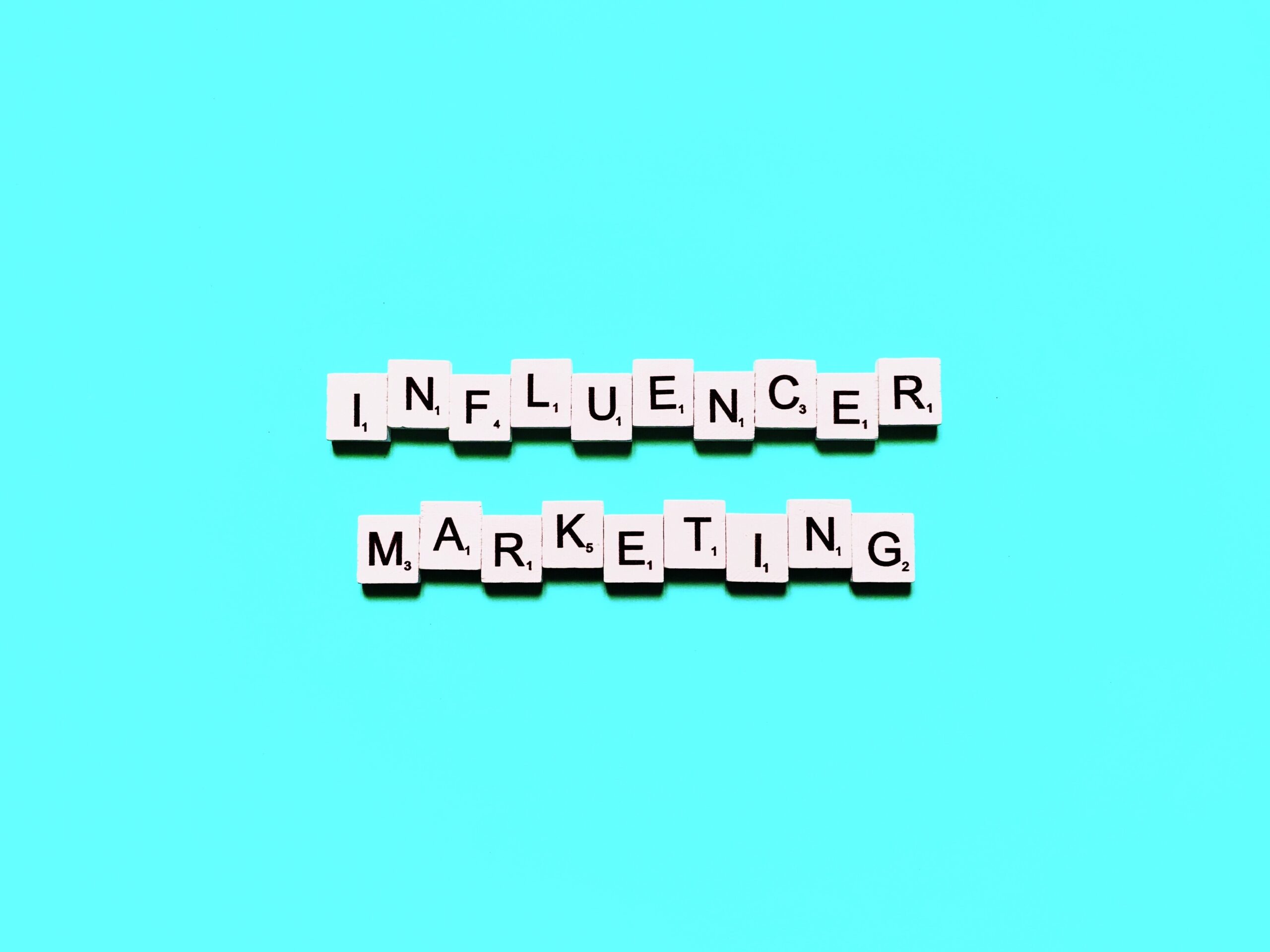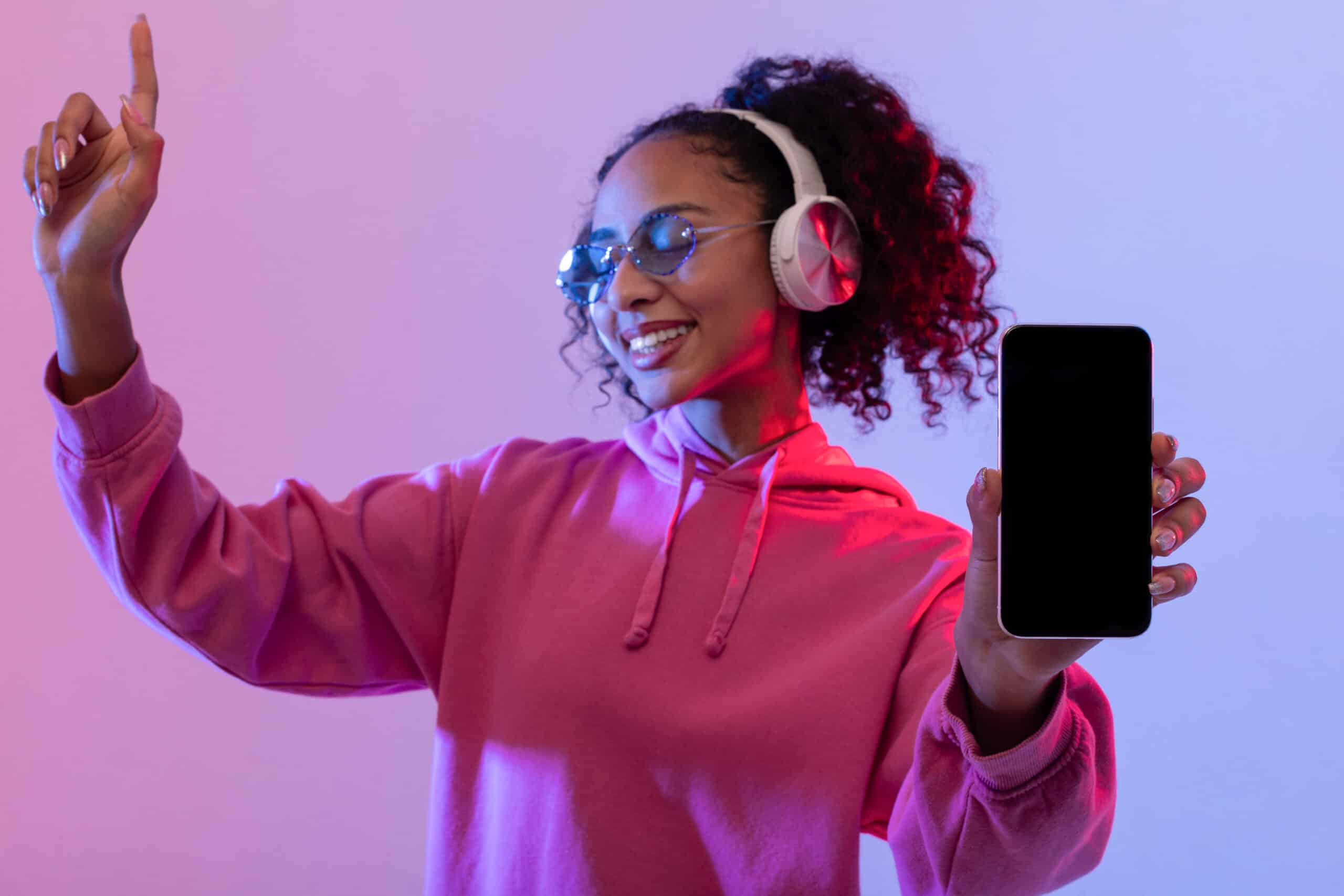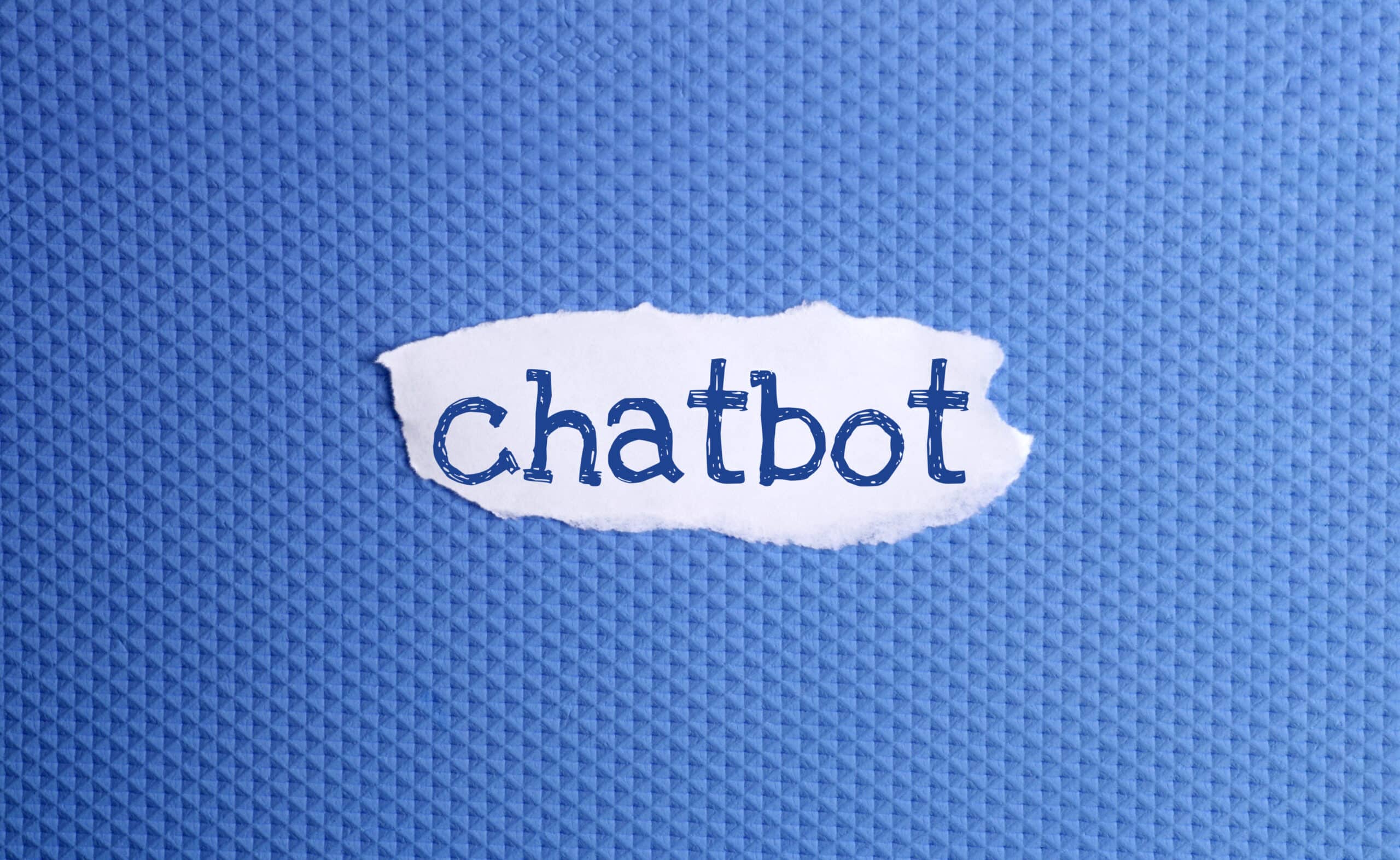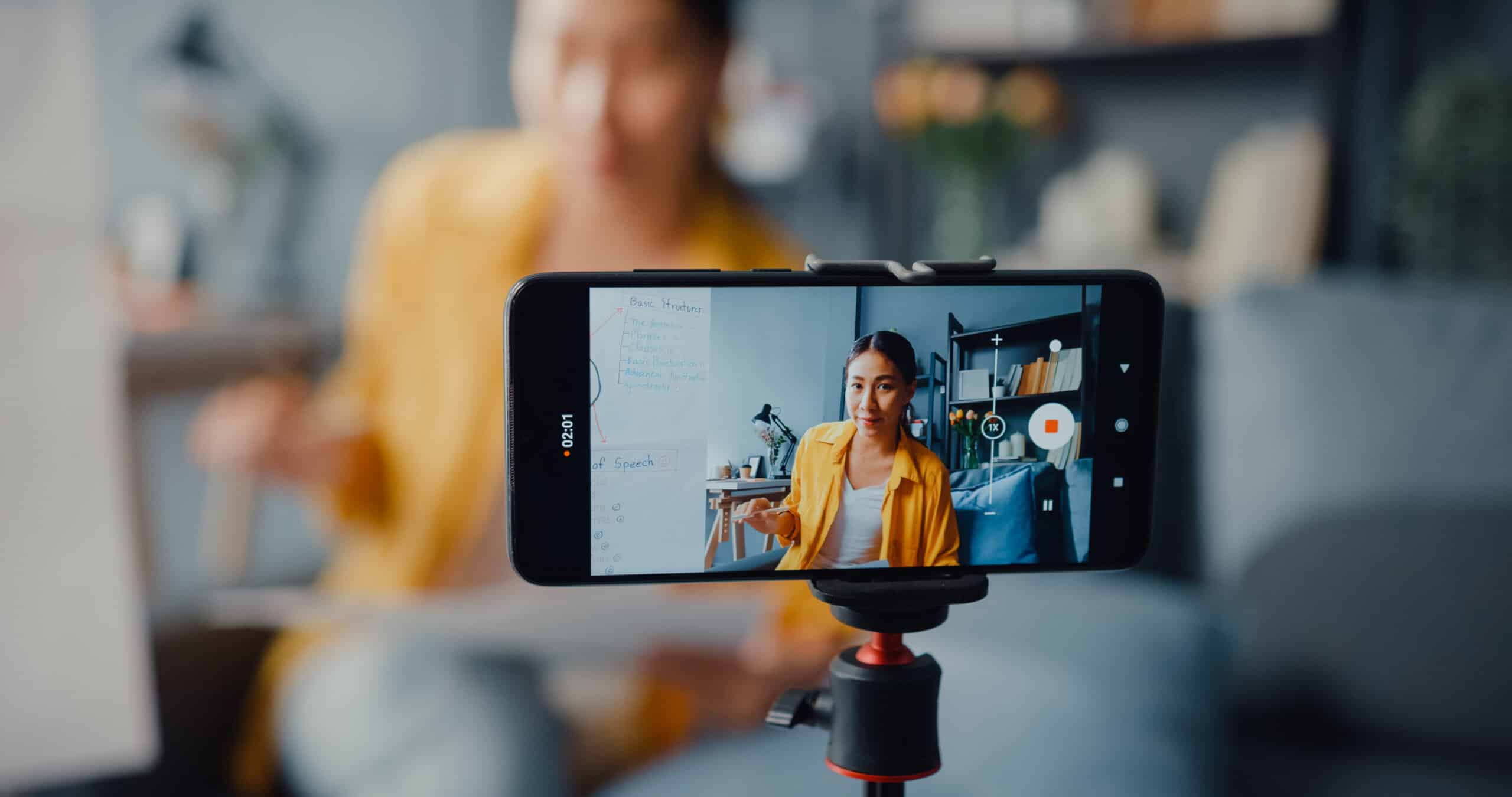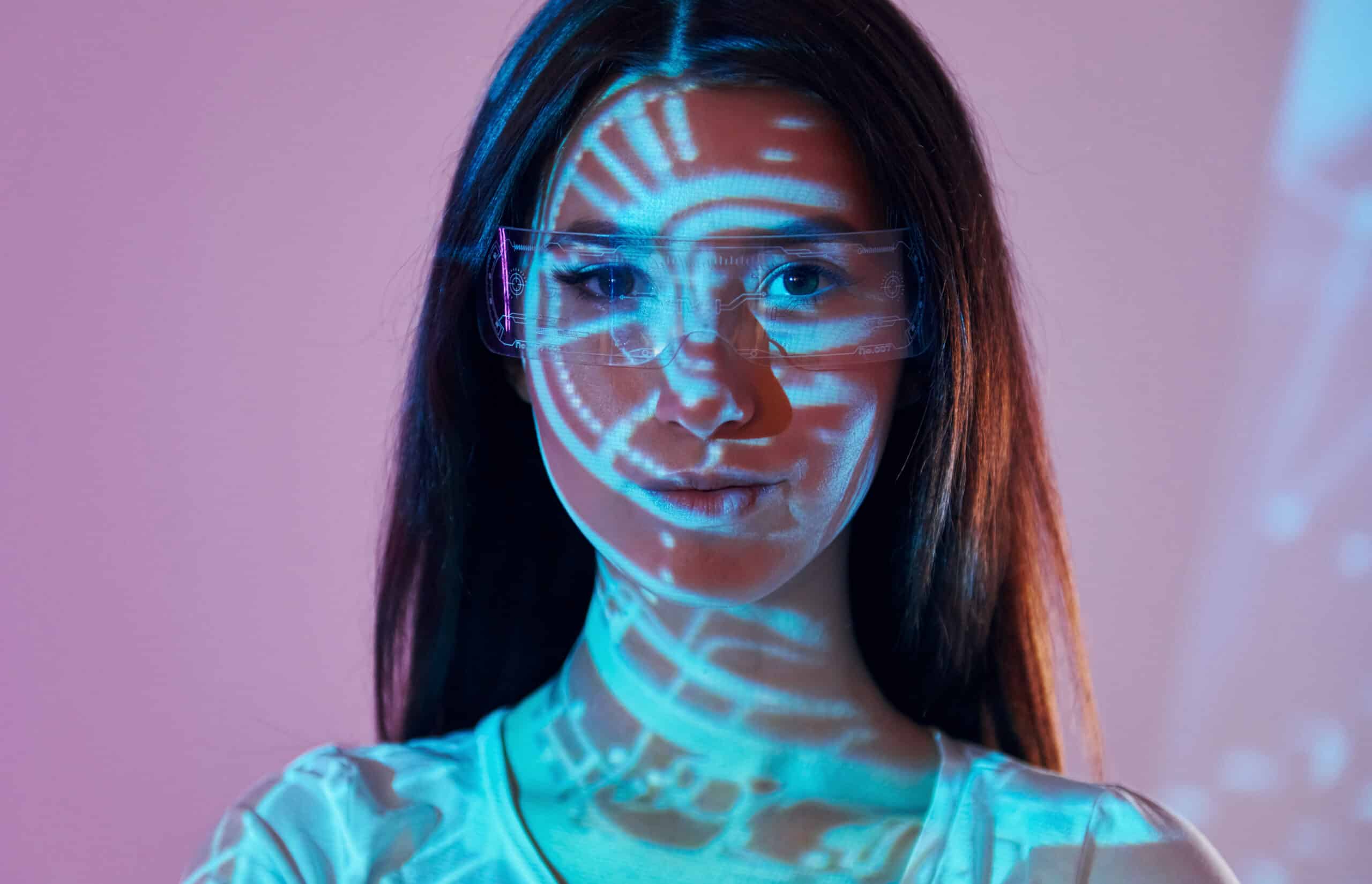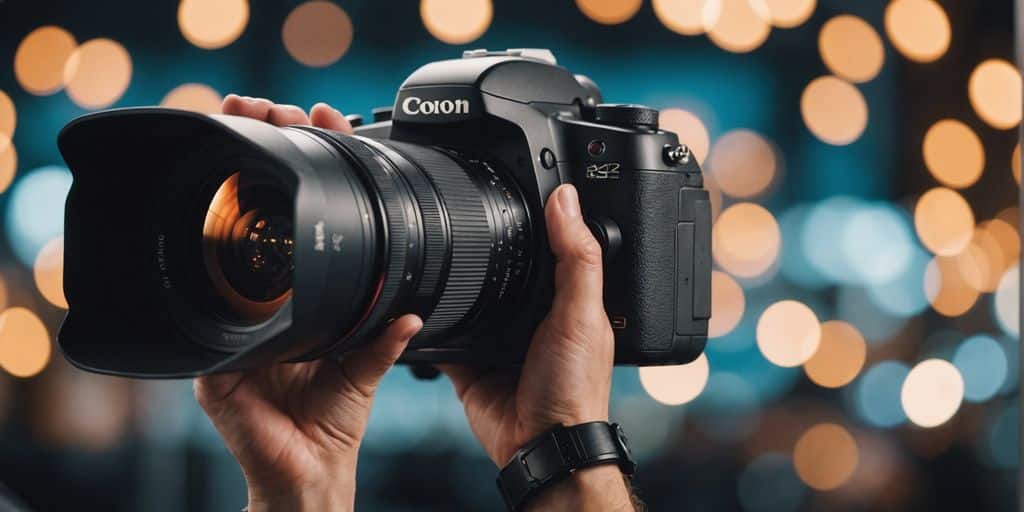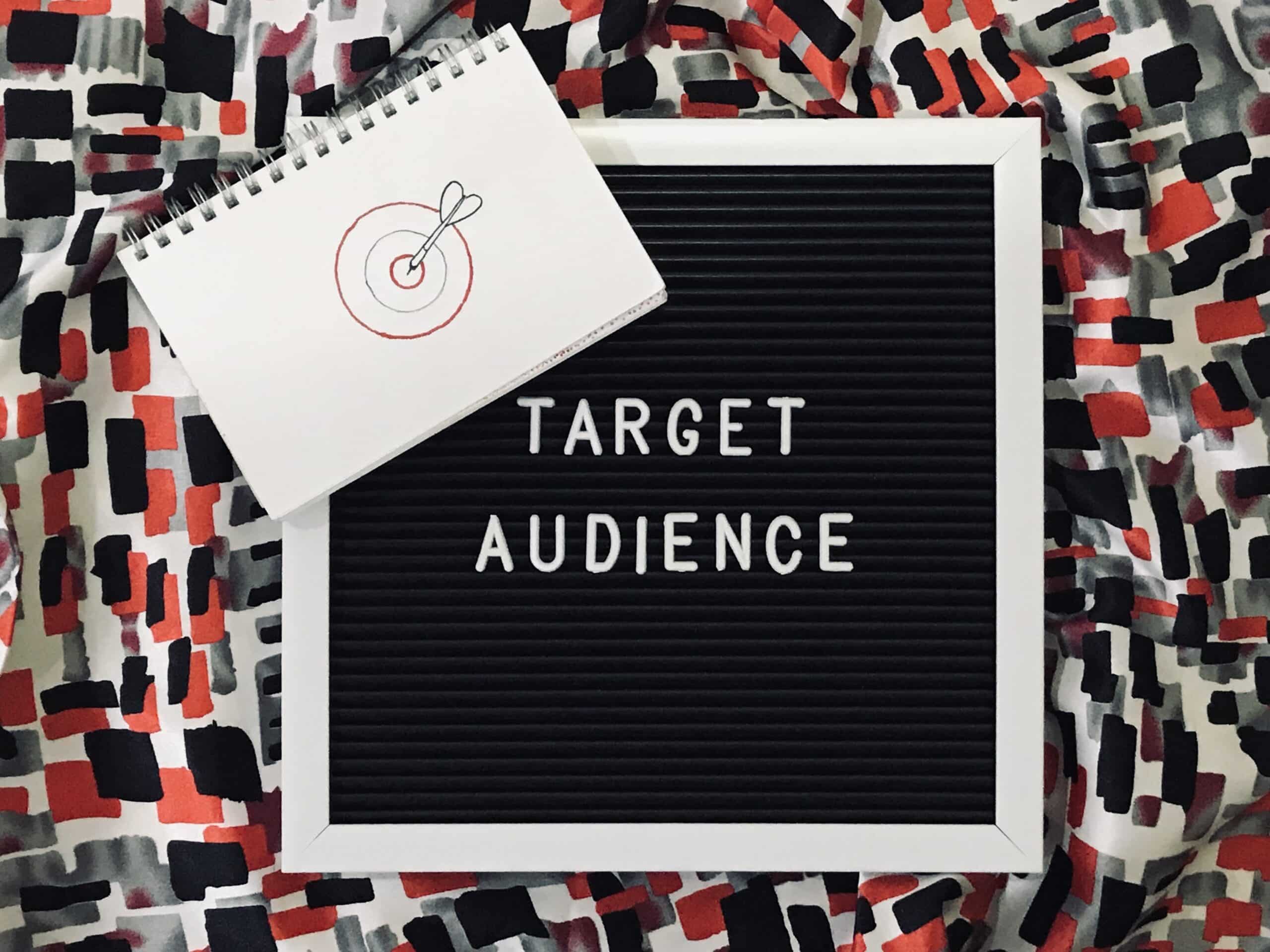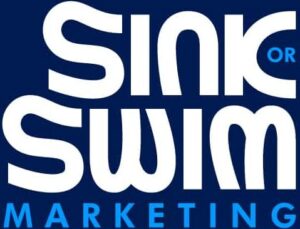Creative Insights for TikTok Marketers: 2025 Edition
TikTok's rise to prominence as a powerhouse in digital marketing is nothing short of meteoric, and as we pivot toward 2025, its potential continues to expand exponentially. The platform that started as a hub for fun and creativity has evolved into a vital tool for marketers worldwide, transforming the landscape of social media advertising. Understanding its evolution is key to unlocking innovative marketing strategies that resonate with audiences who crave authenticity and engagement.
In this 2025 edition, we delve into the core components that define effective TikTok marketing today. From balancing promotional content with genuine storytelling to leveraging the latest interactive ad formats, these insights will equip marketers with the necessary tools to captivate their target audience. We also explore how e-commerce integration and strategic influencer partnerships have paved new pathways for brand success on the platform.
With the ever-changing TikTok ecosystem, mastering the art of engagement involves more than just following trends—it requires a nuanced approach that combines creativity with data-driven tactics. This article will guide you through the essential strategies, innovative opportunities, and technological advancements that every TikTok marketer should harness for maximum impact. Welcome to a comprehensive exploration of how to thrive in TikTok marketing in 2025.
Understanding TikTok's Evolution in 2025
In 2025, TikTok boasts over 1.5 billion active users, making it a powerful force in the digital marketing realm. For small businesses, TikTok presents unparalleled opportunities to expand their brand presence and connect with a broader audience without hefty expenditures.
The platform's impressive average engagement rate of 4.25% leaves competitors like Instagram, with its 0.60% engagement rate, trailing behind. This high engagement is fueled by TikTok's emphasis on active user involvement and user-generated content.
TikTok's "What's Next Report 2025" reveals essential trends, presenting marketers with insights into what captivates this dynamic community. Businesses aiming to maximize their reach should align their marketing strategy with these trends.
To compete with platforms like Facebook and Instagram, TikTok has strategically enhanced its shopping features. The TikTok Shop and Video Shopping Ads are pivotal to campaigns, helping brands turn audience engagement into measurable conversion rates.
According to Pew Research Center, TikTok now ranks as the second most frequently accessed platform among users aged 18-34, with 72% visiting multiple times daily—making it a crucial touchpoint for brands targeting younger demographics.
Key TikTok 2025 Insights:
- Leverage user-generated and organic content to boost audience engagement.
- Utilize relevant hashtags to participate in viral hashtag challenges.
- Deploy influencer marketing to tap into potential customers within your target audience.
| Platform | Avg Engagement Rate | Typical Video Length |
|---|---|---|
| TikTok | 4.25 % | 15 – 60 s |
| 0.60 % | 15 – 90 s | |
| 0.18 % | 30 – 120 s |
Understanding these strategies can lead to successful campaigns on TikTok in 2025.
Key Strategies for Effective TikTok Marketing
As TikTok continues to evolve as a dominant force in social media, understanding effective marketing strategies is crucial for brands looking to make an impact in 2025. Unlike traditional advertising methods, TikTok emphasizes creativity and authenticity, encouraging brands to connect with their audience on a personal level. A key component of TikTok marketing is utilizing its bidding system, similar to that of Facebook and Instagram, where businesses can allocate advertising budgets to promote engaging video content.
The integration of a content calendar plays a significant role, ensuring a consistent flow of content that aligns with relevant trends and events. Additionally, partnering with influencers enables brands to create dynamic, user-generated content that resonates well across various social channels. By embracing TikTok's creative culture, incorporating humor and relatable elements, brands can enhance recall and positively influence user behavior. Consistent posting and fostering an authentic brand presence remain vital to building a human connection, which is essential for increasing visibility and successful engagement.
Balancing Promotional Content with Authentic Storytelling
On TikTok, balancing promotional content with authentic storytelling is integral to effective marketing. Brands have the opportunity to connect authentically with audiences through collaborations available in the platform's Creator Marketplace. By working with diverse creators, brands can produce content that feels genuine and relatable, enhancing trust and connection. Statistics show that two out of three TikTok users appreciate these partnerships, highlighting the importance of diversity in creating authentic content.
Authenticity also involves showcasing a brand's unique stories and values, creating a narrative users find compelling. Encouraging small businesses to share what makes them special helps foster deeper connections with potential customers. TikTok allows brands to support organic posts through Spark Ads, which utilize existing user-generated content for a native advertising experience, bolstering authenticity.
Additionally, partnering with micro-influencers, rather than solely relying on macro-influencers, can be beneficial. Micro-influencers are often perceived as more relatable and trustworthy, effectively delivering promotional content that resonates within TikTok's culture. Their ability to engage deeply with niche audiences makes them valuable collaborators who can enhance a brand's storytelling strategy.
Leveraging Interactive Ads for User Engagement
Interactive ads on TikTok offer a unique opportunity for brands to engage users in a dynamic and interactive manner. Unlike static content, these ads encourage participation, merging entertainment with promotion to create immersive experiences that align with TikTok's community-driven culture. Interactive ads use various features like challenges, polls, branded effects, and AR filters, making them memorable and shareable among users.
Such engagement tactics are aligned with TikTok's vibrant culture, allowing brands to foster a sense of inclusion by actively involving users in their campaigns. By incorporating user-generated content within interactive ads, brands can leverage the organic reach and authenticity these contributions offer. This type of content not only enhances brand interaction but also strengthens the emotional connection with the audience.
Branded effects and AR filters elevate the interactivity of ad campaigns, making them stand out on the platform. By offering users an experience rather than a simple advertisement, brands can significantly increase engagement rates. Encouraging users to actively participate not only boosts campaign reach but also enhances brand loyalty and community feeling, solidifying TikTok as a major player in digital marketing.
Research from the eMarketer Digital Intelligence platform shows that interactive ads on TikTok generate 150% higher click-through rates compared to standard in-feed ads, with an average session time increase of 27 seconds.
Innovative Ad Formats on TikTok
TikTok continues to revolutionize the advertising landscape by offering a variety of innovative ad formats that cater to diverse marketing strategies. These formats are specifically designed to engage the app's millions of active users by offering interactive and visually compelling experiences. By leveraging these unique ad types, brands can effectively reach a wider and broader audience, while aligning with TikTok's dynamic platform culture. Understanding these advertising options is crucial for maximizing engagement rate and conversion rate for any campaign.
Exploring In-Feed Ads
In-feed ads on TikTok are a key component of many successful campaigns, seamlessly integrating into the user experience by appearing on the For You Page between user-generated content. These ads can be up to 60 seconds long, although TikTok suggests a 9 to 15 second duration for optimal audience engagement. With a full-screen, sound-on format, they support tailored call-to-actions that can direct potential customers to app downloads, websites, or TikTok Shop. In-feed ads maintain the platform's interactive nature, allowing users to like, comment, and share, enhancing relatability and encouraging organic content sharing.
Maximizing Impact with Brand Takeovers
Brand Takeovers are a powerful strategy for achieving instant visibility and engagement on TikTok. This ad format ensures maximum exposure by greeting users with a full-screen advertisement as soon as they open the app. These takeovers can consist of static images, GIFs, or short videos, all of which are designed to grab immediate user attention and direct traffic to a specified website or TikTok page. Although shorter in duration than other formats like TopView ads, Brand Takeovers effectively deliver a high-impact message, capitalizing on users' first impressions to elevate brand recognition and drive engagement.
Utilizing Spark Ads for Increased Reach
Spark Ads offer an innovative approach to TikTok marketing by elevating organic content into paid advertisements. Through this format, brands can enhance their own content or amplify the posts of other creators, maintaining the organic feel of the original post while benefiting from boosted engagement. Spark Ads integrate seamlessly into the For You Page, preserving the authenticity that TikTok users value. By allowing brands to sponsor popular relevant content, this format helps increase reach among active users and potential customers. The use of TikTok's Creative Center assists in analyzing the effectiveness of these ads, helping refine content strategy for future campaigns.
E-commerce Integration on TikTok
TikTok has seamlessly merged social media interaction with e-commerce, transforming how users shop and brands sell. With features like TikTok Shop, brands can now establish in-app storefronts, allowing consumers to make purchases without leaving the platform. Shoppable ads create a direct link between captivating video content and product landing pages, enhancing user purchase capability. Moreover, TikTok's live shopping events provide an innovative platform for real-time product displays, fostering an interactive and dynamic shopping experience. This integration supports brands and merchants in generating leads, increasing brand awareness, and driving sales by merging entertainment with shopping.
According to Statista research, social commerce sales through platforms like TikTok are projected to reach $107 billion in the US market alone by 2025, representing a fundamental shift in consumer purchasing behavior.
Opportunities for Brands in E-commerce Features
TikTok's evolving shopping features present unparalleled opportunities for brands looking to enhance their social commerce strategies. This platform enables small businesses to showcase products and drive sales directly within the app interface. TikTok Shop, in particular, empowers brands, merchants, and creators to sell products directly to their engaged audience. Industries such as beauty, fashion, and fitness thrive due to TikTok's inherently visual and dynamic nature. By 2026, projections indicate a remarkable 67% increase in purchases made through the app, totaling 39.5 million buyers. Such statistics underscore TikTok's ability to influence user behavior with 71.2% of its users purchasing items they discover on their feed. For brands, establishing a TikTok presence not only increases brand viability but also narrows the gap between product discovery and purchase, making it an essential part of a comprehensive marketing strategy.
The Role of Influencers and User-Generated Content
As TikTok continues to surge in popularity, understanding the role of influencers and user-generated content (UGC) is essential for effective TikTok advertising in 2025. These elements are crucial in maximizing reach and engagement through relatable and authentic content. TikTok's unique platform dynamics allow influencers to connect deeply with their followers, while UGC enables brands to enhance authenticity and build community-driven interactions. By tapping into the trust and organic nature of these content types, brands can execute impactful TikTok marketing campaigns that resonate with a broader audience.
Collaborating with Influencers
Influencer collaborations form a central pillar of TikTok advertising trends. Influencers possess the trust and attention of their followers, making them invaluable partners for brands wishing to expand their reach. Brands increasingly prefer micro-influencers, boasting between 10,000 and 50,000 followers, due to their higher engagement rates compared to macro-influencers.
These micro-influencers, with established audiences, can introduce brands to new markets while enhancing authenticity. TikTok's Creator Marketplace simplifies the process of finding these influencers, ensuring alignment with brand values and target demographics. Recognized for its effectiveness, influencer marketing on TikTok is touted by a Forbes survey to achieve an 84% success rate, making it a key strategy in a brand's broader marketing endeavors.
The Nielsen Influencer Marketing Report found that TikTok influencer content drives 2.4x higher purchase intent compared to traditional digital ads, with authenticity being cited as the primary driver (83% of respondents).
Encouraging User-Generated Content
User-generated content (UGC) is integral to TikTok's community-driven nature, enabling advertisers to foster engagement in an organic manner. UGC is particularly effective as it resonates with audiences seeking authentic and participatory content. By initiating challenges or contests, brands can significantly boost their visibility and engagement levels. TikTok's personal touch allows brands to seamlessly integrate influencer-driven UGC, ensuring that advertising messages connect on a personal level with targeted audiences. Furthermore, the application of AI in crafting UGC-style videos aligns with current TikTok advertising trends, offering brands the opportunity to produce content that is both engaging and relevant.
Navigating TikTok Ad Specifications
As TikTok continues to dominate the social media landscape, understanding the platform's advertising specifications is crucial for marketers aiming to leverage its vast audience base. Navigating TikTok ad specifications requires familiarity with the format, structure, and content requirements that can impact your campaign's success. This not only helps in crafting ads that align with TikTok's dynamic interface but also ensures compliance with platform guidelines, enhancing visibility and audience engagement.
Marketers should focus on optimizing video formats, understanding aspect ratios, and adhering to file size limits to maximize the impact of their campaigns.
Understanding Current Ad Specs
Effectively utilizing TikTok requires a solid grasp of its current ad specifications. TikTok supports various video formats including MP4, MOV, MPEG, and AVI, with popular aspect ratios being 9:16 for vertical content and 1:1 for square videos. Knowing these ratios is imperative for creating visually appealing ads that fit seamlessly into a user's feed. Image ads should be in .png, .jpg, or .jpeg format and must not exceed 50 KB in file size.
Brand names in TikTok ads are restrained to a character limit of 2 to 20, subject to variations in language and device models. While emojis are restricted in brand names, ad descriptions, which are 12 to 100 characters, provide the flexibility to include them. However, it's essential to remember that emoji appearance can differ depending on the device, which impacts the relatability of the content. Keeping these specs in mind aids in optimizing content strategy on TikTok.
Budgeting Strategies for TikTok Campaigns
When planning a TikTok marketing campaign, understanding budgeting strategies is pivotal to efficiently managing resources and maximizing returns. TikTok mandates a minimum daily budget of $50 at the campaign level and $20 at the ad group level, making advertising on this platform accessible across various budget sizes. These structures offer flexibility through daily or lifetime budgets, thus tailoring to marketing campaigns that require specific spending caps.
Starting with smaller budgets is advisable to test performance metrics before scaling up. This allows for precise adjustments based on engagement rate and conversion rate insights. TikTok's competitive pricing, with CPMs around $10 and CPCs approximately $1, lets advertisers plan within financially feasible boundaries. In parallel, strategic monitoring of campaign performance through TikTok Analytics allows marketers to modify bidding strategies, ensuring ad spend is optimized towards enhancing audience engagement and achieving defined advertising objectives.
Analysis from Google Marketing Platform Research suggests that TikTok's most cost-effective campaigns employ a "test and scale" methodology—starting with 3-5 creative variants and scaling only the top 20% performers, resulting in 35% lower customer acquisition costs.
Measuring & Refining TikTok Campaigns
TikTok advertising offers businesses a dynamic platform to reach a broader audience through creative and engaging content. However, the success of marketing campaigns largely hinges on careful measurement and refinement. Understanding key metrics and making data-driven adjustments are crucial for maximizing conversion rates and enhancing the impact of your campaigns. With TikTok's growing active user base, grasping the essential components of campaign measurement ensures your strategy is tailored to connect effectively with your target audience. Let's explore how to utilize measurement tools and optimization strategies for successful TikTok advertising campaigns.
Tools for Performance Measurement
Effective measurement of TikTok campaigns starts with leveraging the platform's native analytics tools. These resources allow marketers to track ad performance in terms of impressions, clicks, and conversions, providing a clear view of how campaigns are resonating with potential customers. TikTok Analytics offers insights into crucial metrics like engagement rate, follower growth, and views, enabling marketers to refine their content strategy based on actual data.
Social media analytics tools complement TikTok's native offerings by consolidating insights across various campaigns. Tools like Metricool are instrumental in aggregating data on a single dashboard. This helps marketers assess both organic and paid content performance, facilitating a more comprehensive understanding of community growth and content impact.
Such insights are invaluable for adjusting strategies and ensuring that marketing efforts align with the desired advertising objective.
Strategies for Campaign Optimization
Optimizing TikTok advertising campaigns involves a continuous cycle of monitoring, analysis, and adjustment. One key aspect of this process is ensuring your ads are tailored to capture user attention effectively. Keeping ads within a 15-20 second framework aligns with typical user attention spans on this social media platform, thereby enhancing engagement rates.
Ad specifications are another critical consideration. Adhering to TikTok's recommended 9:16 vertical aspect ratio and maintaining a minimum resolution of 720p can significantly affect the return on investment. Performance data should drive strategy adjustments; refining campaigns based on detailed insights can enhance effectiveness and target a more relevant audience.
By adjusting bidding strategies and focusing on precise audience demographics, brands can improve campaign reach and optimize marketing strategies to better connect with their wider audience.
Through these practices, businesses can fine-tune their TikTok ads and maximize the success of their marketing efforts.
Embracing Trends in TikTok Content
Leveraging trends on TikTok is crucial for brands aiming to enhance visibility and engagement on the platform in 2025. As TikTok thrives on its vibrant culture of viral challenges, memes, and themes, brands must integrate current trends into their content strategies to remain relevant. Engaging with trending hashtags and videos can increase discoverability, helping brands to connect with a broader audience. Staying updated with these trends not only demonstrates cultural awareness but also ensures consistent audience engagement. TikTok's fast-paced environment means that being proactive and quick in adopting these trends can significantly boost a brand's chances of going viral, thereby increasing engagement rates and establishing a stronger presence on the platform.
Identifying Relevant Trends
By 2025, TikTok has solidified its status as a powerhouse in the digital marketing landscape. With over 1.5 billion active users worldwide, it offers rich opportunities for brands to engage with their target audience. TikTok's engagement rate, averaging 4.25%, is higher than most social media platforms, presenting a unique opportunity for brands to engage users effectively. The platform is particularly beneficial for small businesses due to its cost-effectiveness in building brand awareness and authentic connections without large budgets. As highlighted in the TikTok What's Next Report 2025, adapting to evolving standards of community engagement is essential for brands to maintain relevance. The emphasis on social shopping also positions TikTok as a formidable competitor to other platforms like Facebook and Instagram, marking a significant shift towards a more commerce-focused environment.
Implementing TikTok's Native Content Tools
TikTok's suite of native content tools offers brands the ability to measure and enhance their advertising objectives in 2025. TikTok Analytics provides valuable insights into ad performance metrics such as impressions, clicks, and conversions, enabling brands to refine their marketing strategies. The Spark Ads feature allows for repurposing user-generated content as paid advertisements, blending organic reach with strategic marketing. With Branded Effect Ads, marketers can drive engagement by creating custom filters that amplify brand visibility for extended periods.
In-feed video ads should adhere to specific formatting guidelines, with an optimal length between 9 and 15 seconds to ensure effective audience engagement. Establishing a consistent brand voice while experimenting with diverse content types is vital in leveraging TikTok's community-driven ecosystem, ultimately enhancing brand affinity and reach across the platform.
Research by the MIT Sloan School of Management found that brands using TikTok's native content creation tools saw 32% higher engagement compared to those uploading externally produced content, suggesting the platform rewards content that feels authentically "TikTok" in nature.
Building Audience Connections in 2025
In 2025, effectively building connections on TikTok revolves around authenticity and understanding your target audience. As TikTok continues to thrive with a user base exceeding one billion active users, the platform maintains a significant engagement rate, offering a potent environment for user-generated content and marketing campaigns. Businesses must capitalize on TikTok's unique ecosystem by leveraging influencer marketing, which boasts an impressive 15.86% engagement rate. By collaborating with creators and communities, marketers can create compelling, relatable content that taps into the values and personalities that users crave.
TikTok's expanding shopping functionalities, including TikTok Shop and Video Shopping Ads, offer new opportunities to reach a broader audience and convert them into customers through well-executed advertising strategies.
Crafting Compelling Narrative
Crafting compelling narratives on TikTok necessitates a structured content strategy aligned with audience interests and platform trends. Utilizing a content calendar can ensure a consistent flow of engaging content that resonates with the target audience. This approach is crucial for maximizing visibility and fostering engagement on TikTok, where consistency and relevance are key. Educational content, such as how-to videos and tutorials, not only enhances narrative value but also establishes the brand as an authority.
Utilizing TikTok's recommended ad specifications and analyzing user habits allows for narratives in ads to effectively resonate with the TikTok community. Additionally, leveraging TikTok Analytics and third-party tools to gather insights from performance metrics aids in refining content strategies to enhance engagement and conversion rates.
Fostering Engagement and Loyalty
To foster engagement and build loyalty on TikTok, businesses must actively partake in conversations and interactions within the community. Showcasing a business's story, values, and passion through genuine content enhances authenticity, a crucial factor for maximizing engagement on the platform. Educational content plays a significant role in building authority and nurturing community engagement. Small businesses can utilize how-to videos and tutorials to establish themselves as knowledgeable and trustworthy. Additionally, employing AI-generated video analysis and performance analytics helps tailor TikTok ads to resonate with the audience.
Creating content using scroll-stopping hooks and intriguing video elements can significantly capture viewers' attention, promoting both brand visibility and audience engagement on TikTok. Through these practices, businesses can cultivate a loyal and engaged community, enhancing their presence and impact on social media platforms.
Conclusion & Future Outlook for TikTok Marketing
TikTok's emergence as a critical player in digital marketing is undeniable, with over 1.5 billion active users by 2025. This vast user base offers businesses, big and small, a lucrative arena to engage effectively with potential customers. The high engagement rate, averaging 4.25% and peaking at 15.86% in influencer marketing, underscores the platform's capacity for substantial user interaction.
Brands must leverage TikTok's unique strengths through authentic user-generated content and creative marketing strategies to maintain audience engagement. Embracing TikTok Shops and developing campaigns centered around relevant hashtags and hashtag challenges can significantly enhance conversion rates and audience reach.
To maximize these benefits, employing a strategic advertising approach is crucial. This includes tailoring content strategies that resonate with audience demographics, using TikTok Analytics for data-driven insights, and optimizing campaign objectives and budgets according to dynamic market trends.
Looking ahead, brands should capitalize on the Q5 period for reduced CPM rates, aiding year-round ad engagement. TikTok remains a formidable tool for reaching broader audiences and ensuring successful campaigns, offering an invaluable platform for vibrant and impactful digital marketing endeavors.
Next Steps & How We Can Help
Ready to turn these creative insights into high‑impact campaigns? The team at Sink or Swim Marketing specialises in TikTok strategy—from trend research and Creator Marketplace partnerships to full‑funnel ad execution. Book a complimentary brainstorm session and let's chart your 2025 success.
Frequently Asked Questions
What makes TikTok different from other social media platforms for marketers?
TikTok distinguishes itself with substantially higher engagement rates (4.25% vs. 0.60% on Instagram), a unique algorithm that prioritizes content quality over follower count, and native e-commerce integration that shortens the path to purchase. The platform's emphasis on authentic, creative content also creates opportunities for brands of all sizes to achieve viral reach without massive budgets.
How should I measure ROI for TikTok marketing campaigns?
Effective ROI measurement on TikTok requires tracking both platform-specific metrics (engagement rates, follower growth, video completion rates) and business outcomes (website traffic, conversion rates, sales attribution). Implementing TikTok's Pixel enables cross-platform attribution modeling to connect in-app engagement with off-platform behaviors, allowing for comprehensive ROI analysis.
What's the optimal posting frequency for brands on TikTok?
For organic content, high-performing brands typically post 3-5 times weekly, with consistent daily posting during campaign periods. However, content quality always outweighs quantity—one exceptional video can outperform dozens of mediocre posts. For paid campaigns, testing with smaller budgets across multiple creative variations before scaling winners typically yields the strongest performance.



